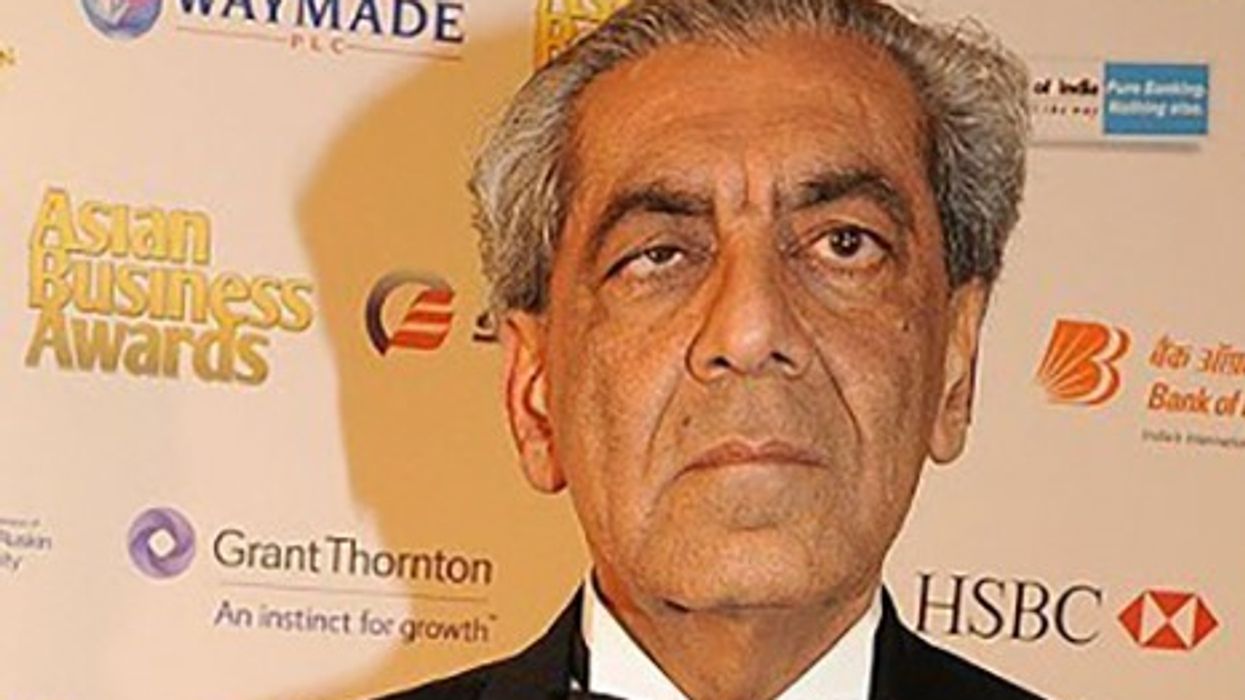HOW WOMEN ARE CONFIDENTLY EMBRACING A BLEND OF BOTH STYLES
HAVE you ever mixed and matched western styles with traditional eastern pieces?
If you follow any big influencers on social media, you will have seen it has become a huge trend to restyle items across your wardrobe for different occasions. Mixing of items such as crop tops, skirts, palazzo trousers and matching them back to more traditional wear such as dupattas, lenghas and saris is so beautiful and inspiring to see.
As a young south Asian British woman, I’ve grown up with two wardrobes. One being the western side with pieces only ever deemed suitable for western events and then the other half full of traditional clothes with exciting prints, colours, and textures. Rarely in the past did these wardrobes cross over.
But in the last few years, the south Asian British woman has started to make such a name for herself.
Her fearless identity sees her carving out and embracing a whole new style. We see a combination of the modern western culture that she lives in now with the traditional eastern culture of her history and ancestors.
I now love to weave my pieces between western and traditional events, not only to show my authentic identity between both cultures, but also to work on the sustainability of my wardrobe. Using key pieces across both wardrobes allows you to get more wear from a single piece.
As I’ve delved more into this area, I’ve been fortunate to meet some brilliant brands that are true advocates for the combination of Indo-western style. One of those brands is Anisha Parmar London, who specialises in creating statement jewels that blend the two cultures and create an opportunity for true confidence and empowerment in the wearer.
Anisha Parmar, founder of Anisha Parmar London, is a globally successful jewellery designer and multi-disciplinary artist now based in Derby.
Her work is inspired by her own diaspora heritage that spans three continents (Gujarat in India, East Africa, and Britain), and the gold jewellery pieces that have been collected along her family’s migrant journey. Anisha’s own designs bring the concept of the heirloom into today. At the heart of her brand, one thing remains constant: she believes in the power of wearing our culture and our stories in a way that will uplift and empower.
When I spoke with Anisha to find out a bit more about her brand and take on Indo-western styling, she said: “One comment that fills my heart with joy when people wear my jewellery is that they feel like they are wearing pieces that truly represent who they are and their identity. You can style our pieces with traditional south Asian and western clothes in a seamless and authentic way. I use non-traditional materials like wood and acrylic that give the effect of a rich and regal south Asian piece of fine jewellery; however, they feel super lightweight and are easy to wear and style.”
I fell in love with her pieces after meeting at a photoshoot last year. Her use of colour, texture, and motifs along with the delicacy of her craft make her pieces so unique and a complete joy to wear. Each has a unique story to it, making them more than just a piece of jewellery but a representation of identity.
Anisha said: “My pieces take inspiration of the gold and costume jewellery that was handed down in my family as well as motifs I love, which spark pure nostalgia, from mangoes I ate growing up to family trips to India.”
She also added that Anisha Parmar London is all about empowering statement adornments that blend traditional south Asian influences with contemporary design, as an expression of her lived British Asian experience, and added: “I combine unique acrylics and wood with hand painting, enamelling and laser cutting. I love to mix modern and traditional making techniques to give you a rich and regal effect of a traditional jewellery piece in lightweight materials.”
Here are my top three pieces from her collection and how I would style them:
Sun studs from the Cosmic Goddess Collection, £35: Easily styled with any colour combination and a great neutral yet statement option to add to your jewellery collection. I’ve styled these in the past with both western wear, including a Bardot top and jeans, a cord skirt and crop top, along with traditional wear like lenghas or kurti tops and leggings.
Baori hoop earrings from the Pink City collection, £55: These statement earrings inspired by the Chand Baori stepwell in Rajasthan will add a whole new dimension to any outfit. And if you were ever concerned with the weight, they are the lightest pieces and a breeze to wear! I’ve matched these in the past with green swimwear for a contrasting colour combination that adds a touch of eastern beauty to a more western look.
Mor necklace, £45: Mor, meaning peacock, displayed in a beautiful teal colour combination in this piece is just stunning. I would style this with a monochrome look of all green and blue hues either in the form of western pieces or a traditional piece like a sari to give a truly grounded and serene look, much like the beautiful peacock.
I love the transition we are seeing into Indo-western styling and the emergence of new and exciting brands that represent the young south Asian woman. We have a voice, we have a style and we have the confidence to wear it with pride!
Visit www.anisha parmar.com, Instagram: @anishaparmarlondon and Spotify: Empowered Adornment Podcast: Gold Jewellery Stories with Anisha Parmar
Instagram: @NeelamPersonalStylist, Facebook: Neelam Personal Stylist and www.neelampersonalstylist.com/

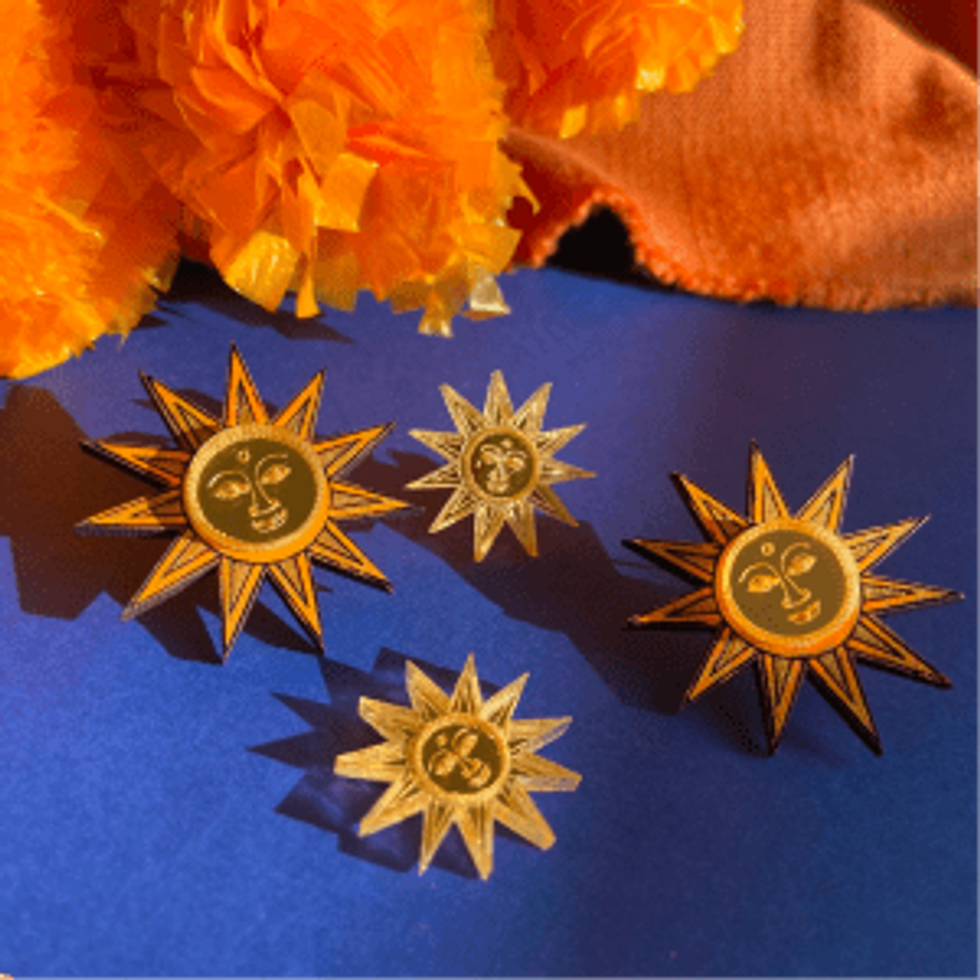
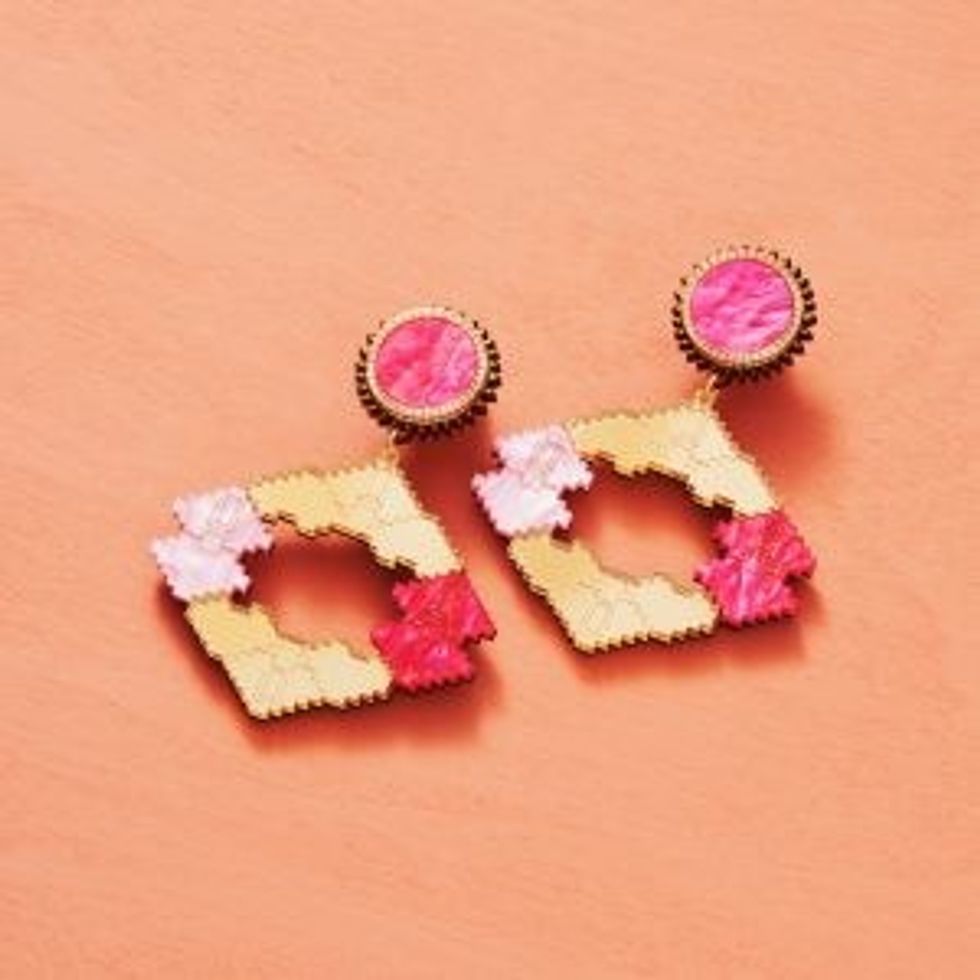
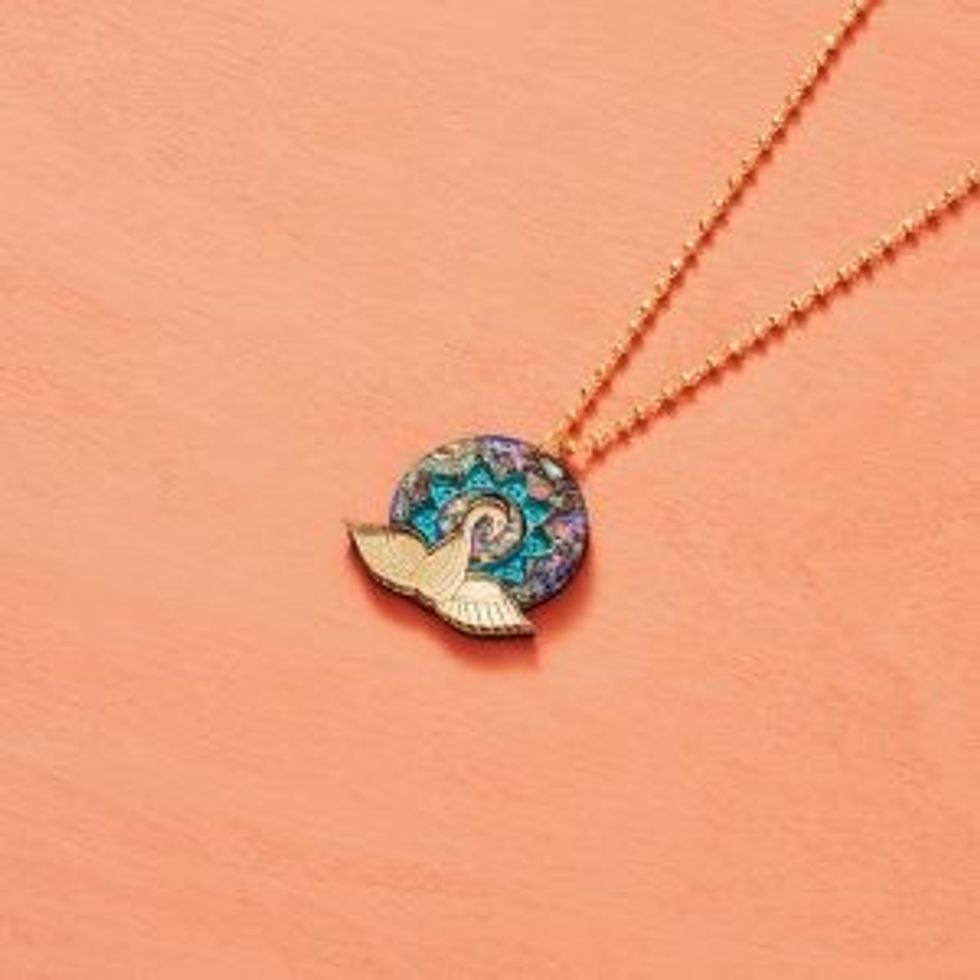





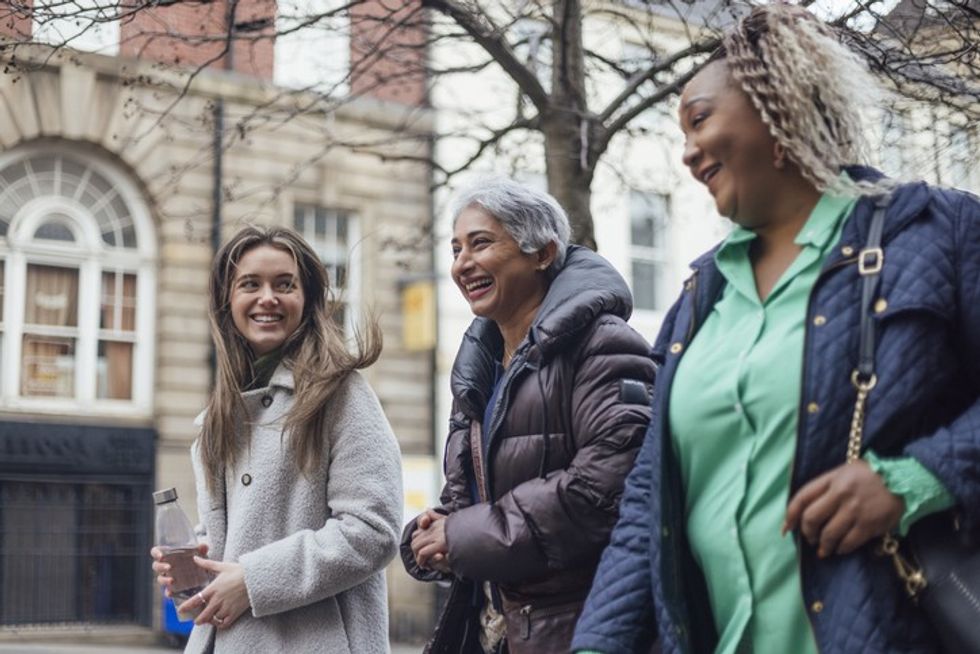 There’s deep healing in the communityiStock
There’s deep healing in the communityiStock

